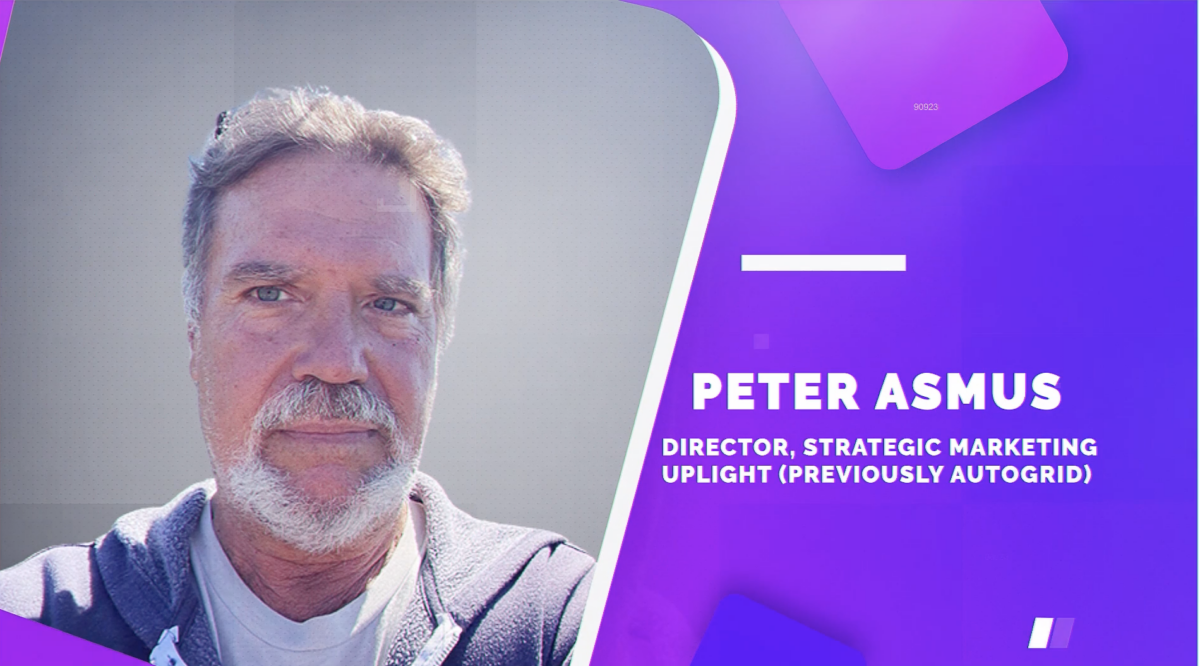
Virtual power plants (VPPs) are now the ‘in’ energy technology. Why? And how will virtual power plants evolve as software grows in sophistication and more resources are configured to provide this grid service?
Energy analyst Peter Asmus, the director of strategic marketing at Uplight (previously Autogrid), offers insight in a video interview with Elisa Wood of Energy Changemakers.
What began as largely an offshoot of primitive demand response — companies reducing their power use in response to a utility request — has evolved dramatically. With the rise of batteries and increasingly intelligent software, VPPs now capture a range of customer resources to respond to grid needs.
“What’s happening right now in the market is you have big-scale renewables coming on, which are variable, and then you have small-scale renewables and loads — EVs and all this stuff. And so the VPP helps bring those two together and to manage each other,” Asmus says.
Exactly how virtual power plants are used varies based on power market rules. Asmus points out that the technology is proliferating in Australia, for example, a lucrative market that he calls “the Wild West of VPPs.”
“They have a five-minute [power] market — prices change every five minutes. That also introduces a lot of complexity,” he says.
While virtual power plants typically form from behind-the-meter resources, often solar and storage installed in homes or businesses, they are beginning to use more front-of-the-meter power. In Australia, energy providers are looking at taking yet another step and merging large solar farms with behind-the-meter assets, “basically crossing that boundary between the distribution and the wholesale market.”
What’s next? Asmus describes the growing use of turnkey and hybrid virtual power plants, and he explains how this technology is changing the thinking about distributed energy resources management systems (DERMS).
